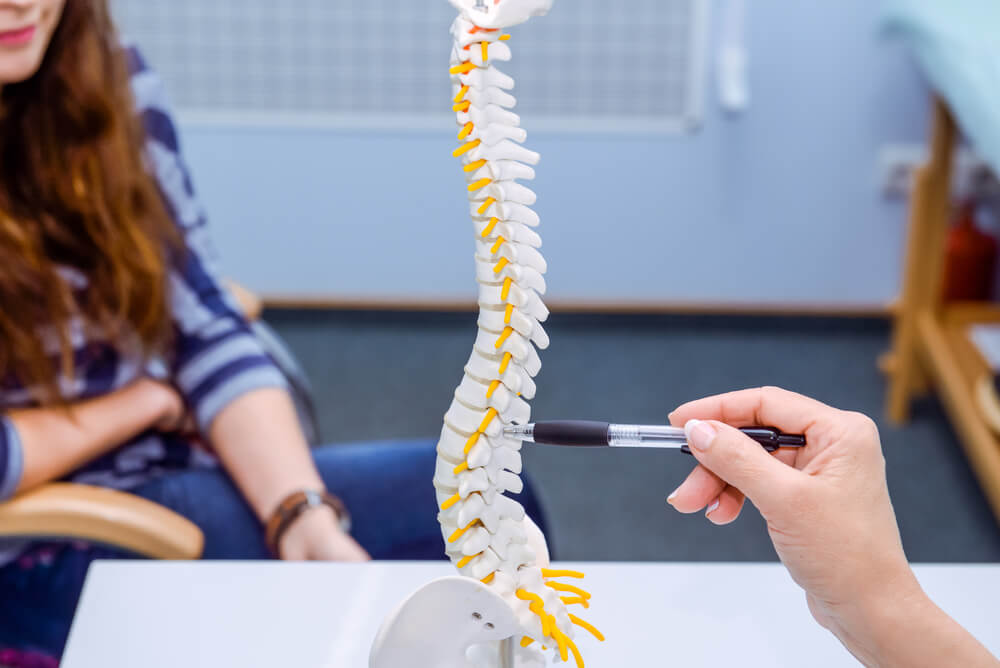Failed back surgery syndrome (FBSS) is an unfortunate phenomenon where your neck or back pain and accompanying symptoms return months after receiving spinal surgery. In order for a diagnosis of FBSS to be made, however, your doctor will need to link your current spinal problem to your past surgery. Otherwise, your symptoms may be caused by another unrelated issue. While back pain is the primary symptom associated with FBSS, it is not the only symptom. Other symptoms of FBSS include:
- The return of original symptoms experienced before surgery
- New problems (new type of pain or pain location)
- Reduced mobility
In cases where a diagnosis of FBSS is made, there are different treatment options that may be used. One common option is Spinal Cord Stimulation (SCS). Although SCS won’t necessarily cure the cause of spinal pain, it has been shown to be effective in reducing burning neuropathic leg pain. SCS works by sending electrical pulses to interfere with pain signals, preventing them from reaching the brain.
Did You Know?
Spinal cord stimulation is offered first as a trial that allows you to determine if you experience relief. As long as you experience a 50% or greater reduction in pain, the trial is considered a success and permanent implantation is recommended. The trial does not involve any surgery, and is done in-office.
Frequently Asked Questions:
Am I a candidate for spinal cord stimulation?
You may be a candidate for spinal cord stimulation if you have been diagnosed with failed back surgery syndrome and have not been able to relieve your symptoms with medications or other non-surgical treatments. Ideal candidates are also those who are free from psychiatric disorders such as depression or anxiety. To determine if spinal cord stimulation is right for you, schedule a consultation with Ascension Pain Specialists today.
What can I expect when receiving spinal cord stimulation at Ascension Pain Specialists?
In order to receive spinal cord stimulation, a small device that delivers electrical signals will need to be implanted into the body by being injected into the back by the spinal cord. Then a small incision will be made to place the pulse generator in the upper buttock. Once the device has been placed, you can use a remote to generate varying levels of electrical signals in order to reduce pain. The entire procedure generally takes about 1-2 hours.
What can I expect after having a spinal cord stimulator placed?
After your spinal cord stimulator has been placed, you will be briefly monitored until your anesthesia wears off, then you will be released to go home. It is normal to feel some discomfort around the incision site for the first few days. You will have stitches, so it is important to avoid stretching, twisting, reaching, or any other activity that could pull out your stitches. These stitches will usually be removed around 3 days following your procedure and the incision should heal within 2-4 weeks. However for the first 2 weeks after surgery, it is recommended to refrain from vigorous activities.

